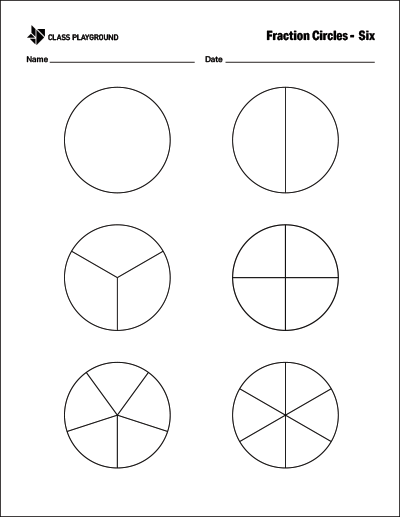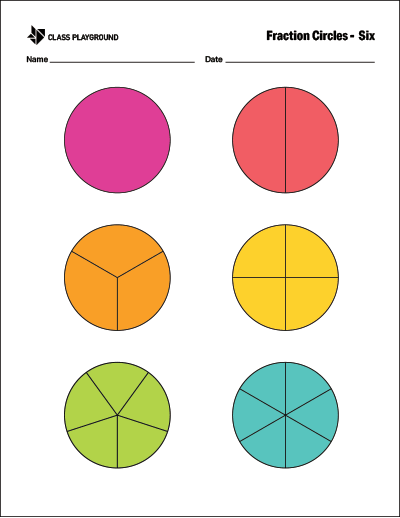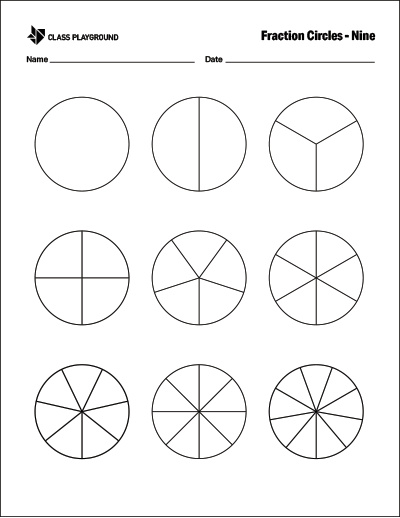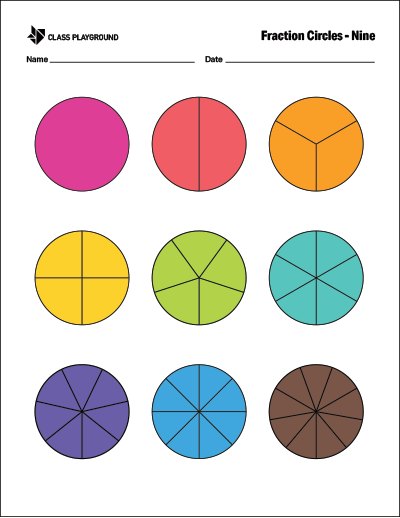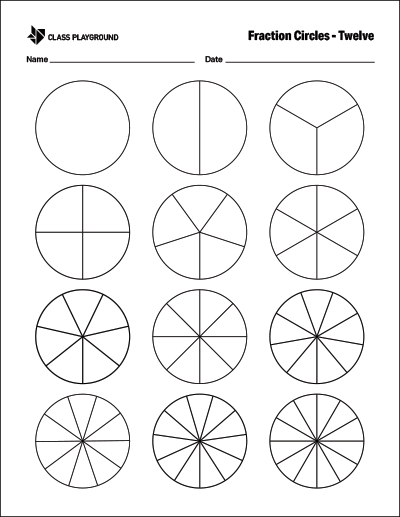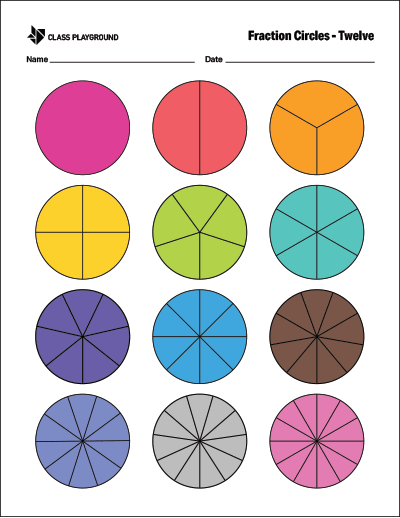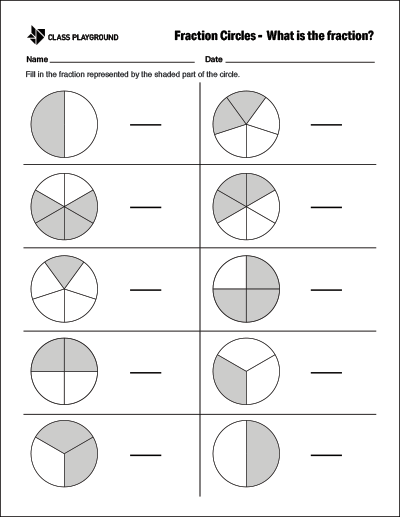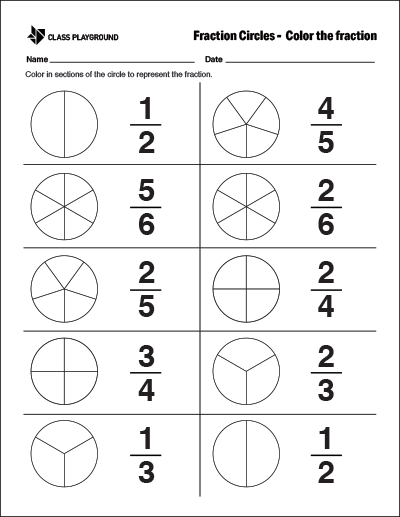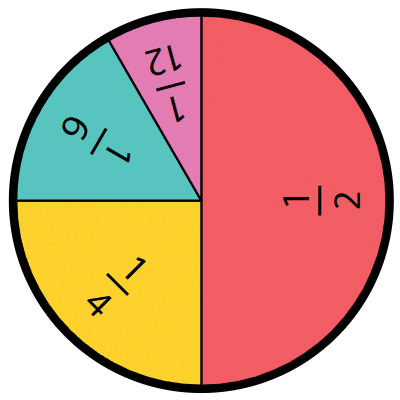What Are Fraction Circles?
Fraction circles are an invaluable tool for teaching students about fractions. These circular manipulatives are all the same size and each is divided into equal fractional parts, including halves, thirds, quarters, fifths, sixths, eighths, tenths, twelfths, and one whole. Each piece is typically color-coded, adding a vibrant and visually appealing element to the learning process.
These tools offer a concrete way to demonstrate fractions, making it easier for students to understand parts of a whole, compare values, and perform operations like addition and subtraction. Use fraction circle printables alongside manipulatives or digital models for hands-on practice. Whether in math centers, small groups, or whole-class lessons, fraction circles help students build confidence and understanding with fractions.
Why Use Them?
Fractions introduce a level of complexity that can often throw students off, especially given the conflict they present with whole number thinking. For example, students must learn that ¼ is smaller than ⅓, even though four is larger than three. These circle models resolve this confusion by providing a tangible representation that makes abstract comparisons clear.
From cooking to telling time, fractions permeate daily life. Consider the simple act of dividing a pizza into equal slices: cutting into six slices is effectively creating sixths. By introducing fractions through fair sharing and proportionality, teachers can build early understanding. Circles provide a visual, hands-on way to reinforce these concepts and prepare students for advanced topics like decimals and percentages.
Teaching Strategies
- Introducing Parts of a Whole: Begin with the complete circle as “one whole.” Gradually add halves, thirds, and quarters to show how pieces fit together.
- Showing Equivalence: Use the pieces to demonstrate that 2/4 = 1/2 or 3/6 = 1/2. Comparing different sections side by side helps solidify understanding.
- Adding and Subtracting: Combine sections to model addition (1/4 + 1/4 = 1/2) or remove pieces to show subtraction (1 – 1/3 = 2/3).
- Comparing Values: Place two sections on the whole to compare (e.g., 1/3 vs 1/4) and discuss which is larger.
Classroom Activities
- Equivalent Fraction Hunt: Challenge students to find different ways to make a given fraction (e.g., 2/4 = 1/2). This builds problem-solving skills.
- Circle Art: Have students create pictures or designs using the pieces, then label the amounts used in their artwork.
- Pizza Practice: Give each student a “pizza” circle and ask them to divide it into halves, thirds, or quarters, then describe their slices.
- Matching Game: Mix pieces from different sets and have students match equivalents (two sixths = one third).
- Interactive Practice: Explore the digital Toy Theater Fraction Circles for online modeling and comparisons.
- Compare Models: Have students work with fraction circles and then with fraction strips. Discuss how both show the same parts in different ways.
Conclusion
Fraction circles turn abstract math into something concrete and visual. With activities like hunts, art projects, and pizza slices, students can see, touch, and compare parts of a whole—building deep understanding that supports future learning in fractions, decimals, and percentages.

